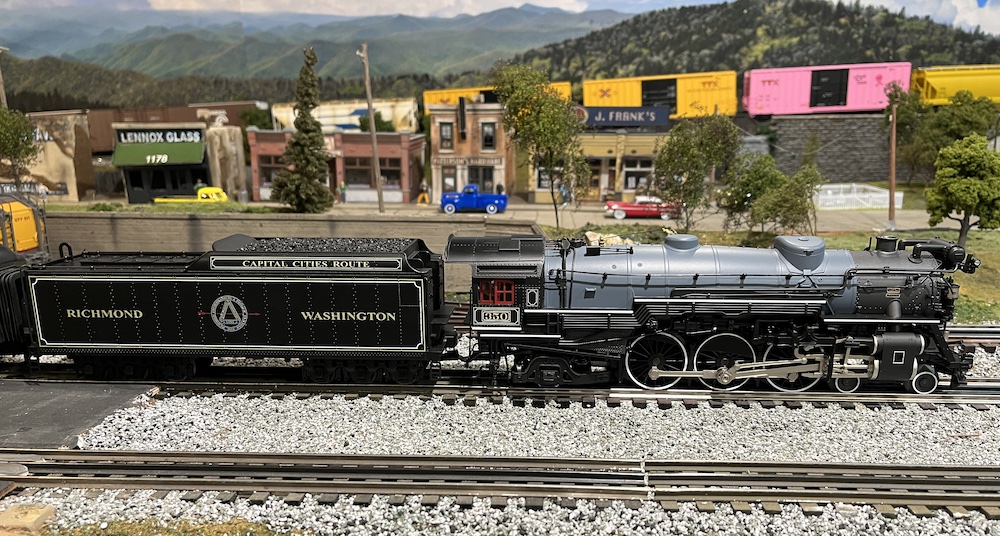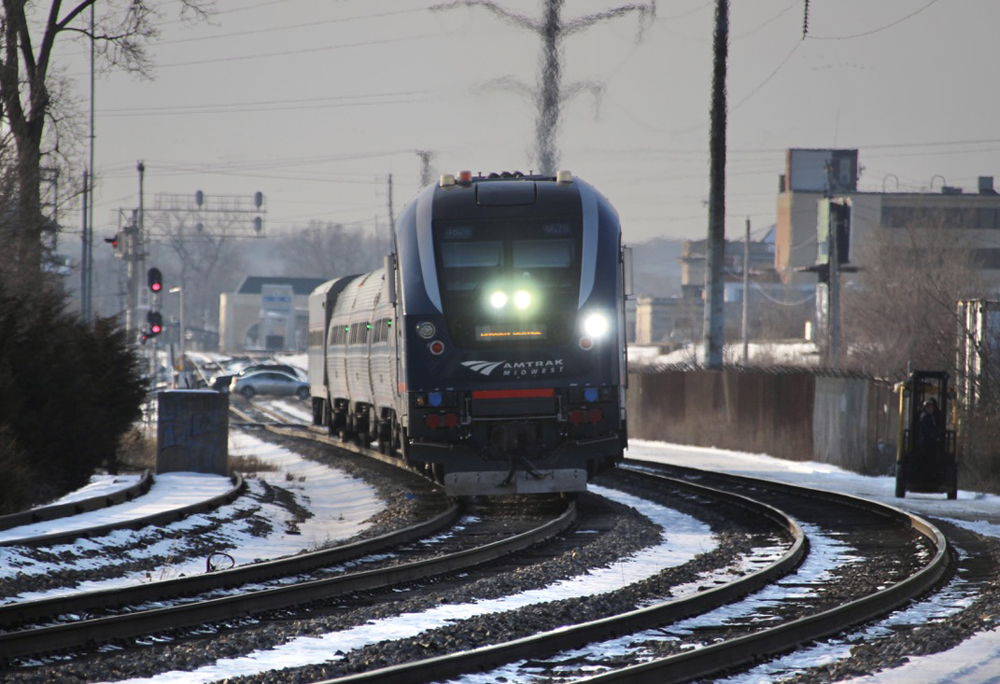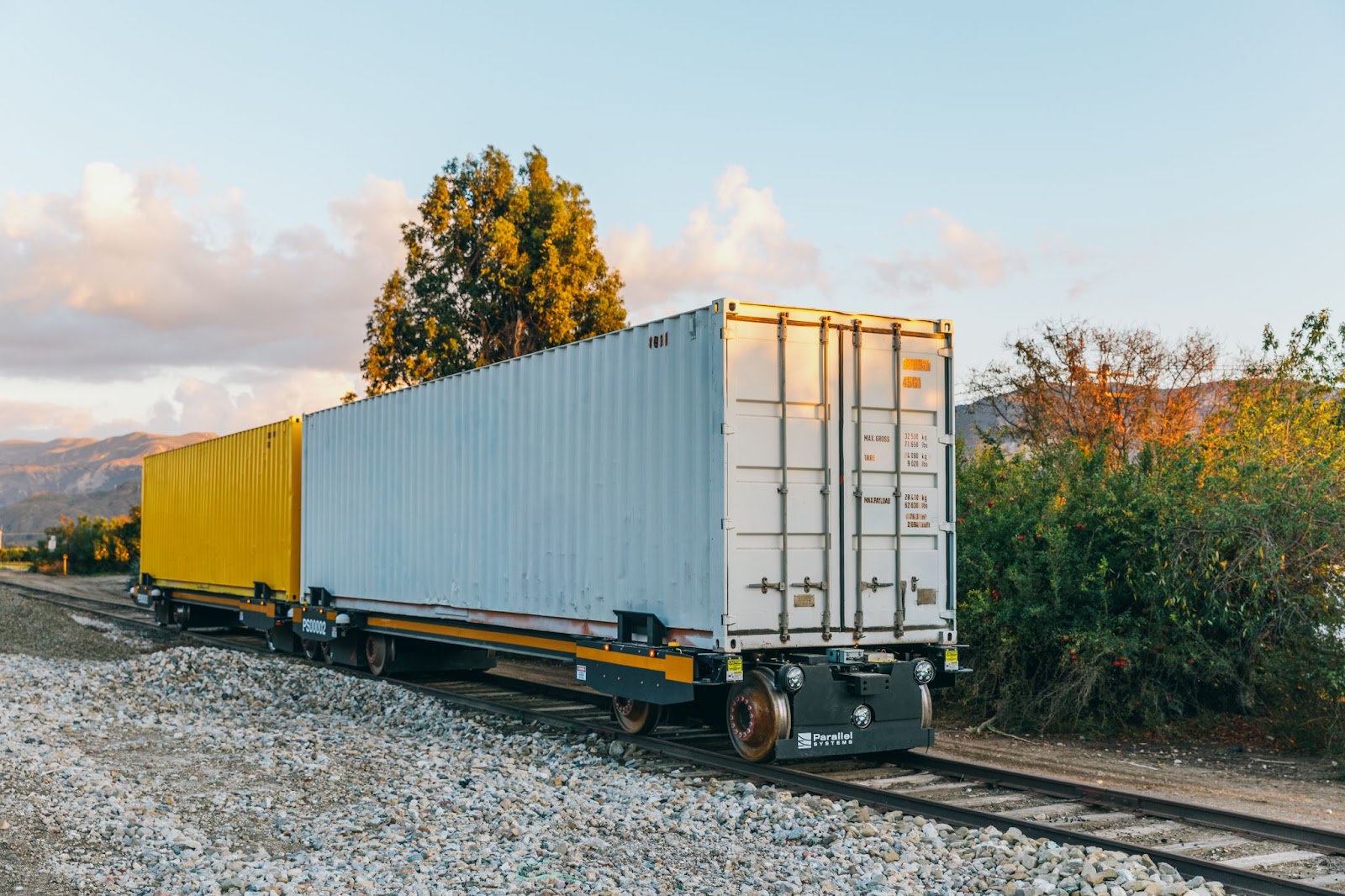“Amid the coronavirus pandemic, the flow of groceries, pharmaceuticals and other essential goods is a stark reminder that transportation networks that bring those necessities to people are as vital as the goods themselves.
“The interconnected nature of the U.S. system – barges, railroads, trucks, warehouses and both inland and seaports – may be facing unprecedented challenges, but these networks continue to deliver when America needs them most. It is a testament to U.S. ingenuity, private enterprise and skilled and dedicated workers.
“That truck container unloading food and housing supplies at the local grocery store has rightfully acquired the aura of an indispensable asset in today’s pandemic fight.
“What is equally as important, but not nearly as visible are the nation’s railroads that often move those goods at the beginning of their journey.
“As part of the nation’s integrated transportation network, I proudly represent our nation’s freight railroads that moved critical raw and finished goods months before this pandemic began to those areas and facilities near businesses and consumers.
“The interplay between freight modes and the reliability of rail deliveries to our distribution and manufacturing centers continues to play a critical role as we speak. Day in and day out, railroads are working around the clock, essential activity that not only helps us today, but will also allow for a quicker recovery as we look toward tomorrow.
“In addition to the goods on store shelves – such as food, toilet paper or soap – freight railroads continue to supply the nation with industrial goods indispensable to our society. This includes fuels to provide electricity, water treatment materials to purify water and grains to bolster the nation’s food supply during. In a typical week, railroads deliver roughly 60,000 carloads of food and agricultural products.
“The ability for railroads to do this is no accident: it is the product of a dedicated cadre of thoughtful companies that have invested intensely and strategically into the rail network for many years.
“Just as railroads had plans that were instituted to help communities respond to hurricanes or flooding, railroads had plans to deal with situations like today, which now enables railroads to help the entire nation.”
The opinion-editorial piece is available online.
— From an Association of American Railroads news release. April 13, 2020.














The railroads have relied on international inbound loads as well as coal for decades. The low hanging fruit days are gone. The railroads are going to have to be more time sensitive, develop domestic traffic or die other than bulk commodities. The distribution system is generally off railroad property now. Most all traffic is by intermodal container therefore shipments are of smaller deliveries vs what a box car could do. A lot of carload traffic was lost due to more industrial activity moving offshore. Some of that traffic could return with divestment out of China. Time will tell. In the mind of Americans, unfortunately railroads do not play much of a role. I would suspect however, that if a strike occurred over any issues, the government would be quick to issue an injunction. Railroads still supply a lot of basics for what manufacturing is left in the country. When it comes to finished products however, the railroads are not translating lower cost through PSR nor the service either. The railroads have largely diminished themselves before the American public with all the system shrinkage over the decades. Government policies of hands off or deregulation have not helped the railroads maintain a larger share of the transportation pie.
Relevance, PR, dramatic images? What are we thinking? As far as I know railroads are still an important part of the supply system. That truck that brings foodstuff and household supplies to your grocers probably came from a distribution center that may well be served by rail. As for the story here about parts for a ventilator, yes it makes more sense to ship them by truck as it is a direct shipment from point A to Point B. Dramatic images? Go out to the railroad mainlines, the trains are still running and doing there job as they always have, No, there may not be as many as there were at one point, but that is largely due to market forces such as consumer demand, full inventories, as well as tariff wars. Trains can only haul what is available. They are not going to run empty trains for your enjoyment. The day of the once a day local coming into East Podunk with a load of lumber, oil or coal are long over. Those items and others are usually sent to reload facilities along the main line and put on trucks for the short haul. PR? What about it? Most people don’t care how an iten gets to the shelf of a store, they are just happy it is there. Here is what I do know. Railroads are doing there job every day, crisis or not. Any one who knows any thing about railroads knows this. A pat on the back would be nice, but not necessary. I am just happy they are there.
I listened to a podcast talking about moving a critical part for making ventilators. The move was Grand Rapids to Minneapolis. As soon as the part was done the vendor had it on a truck to Minneapolis. Can you imagine the story if you used a train? Airlines are also sharing dramatic images of seats filled with supplies. What dramatic images are railroads sharing?
Too little, too late.
That’s easy…because they chose to be. Every since the cessation of passenger service, closure of rural depots, the switch from steam to diesel, and the lack of consistent public relations, railroads have failed to keep themselves in the national conversation, other than the occasional TV commercial or steam locomotive operation. I don’t know if railroads really have PR departments anymore. Now would be the time to talk up their contributions to keeping the United States going during this pandemic.
Ian Narita,grocery distribution centers around here has lots of Intermodal so what do you have too say about that.
A big shout out and thank you for all the railroaders who keep the stuff moving, no matter what is happening. It has been that way for years, Dad was working at Frisco during WWII and trains were running every 10 minutes with supplies and soldiers. Frisco served Ft. Leonard Wood, near Rolla, MO, which was a huge training center. People knew trains did all of that in those days, but too many have forgotten how important trains still are today. I live near the former Frisco yard where Dad worked,now run by BNSF and I can hear horns and the growls of diesels day or night, so I know they are moving stuff in or out. They are doing their part to keep this country going in a major crisis.
Mr Crowe, in my years driving a truck, the grocery distribution centres were all served by truck. In a handful of older facilities that still had rail docks, I saw that either the rail docks had stuff stored in front of the dock doors, or the tracks were disconnected. One food companies warehouse in Atlanta has a rail dock, and in two decades I never saw it used. The main place I saw rail after 2000 was a major cold storage warehouse company was constantly having rail cars loaded and unloaded.
The thing is you don’t see a railcars at a retail supermarket store (sometimes, rarely, in the toy aisle).
I also know railroads are important. I also know their role in a supply chain. The public doesn’t know it, and you are right that they don’t care. But they care about blocked crossings. They care about idling locomotives. And they know railroads provide plenty of that
The airline that shared the pictures of medical supplies loaded into the seats of a passenger jet share those images to remind the public of the good they do. That goodwill then may payoff when you book a ticket, or look for a job.
It might serve a railroad well to do more than just mention “we are important” at this time. But to say how you are important.
In this current crisis the trucking industry has received ALL the praise. To listen to the media or look at comments on Facebook railroads are credited with nothing. Trucks are the lifeblood of the economy. How can an industry become so irrelevant?